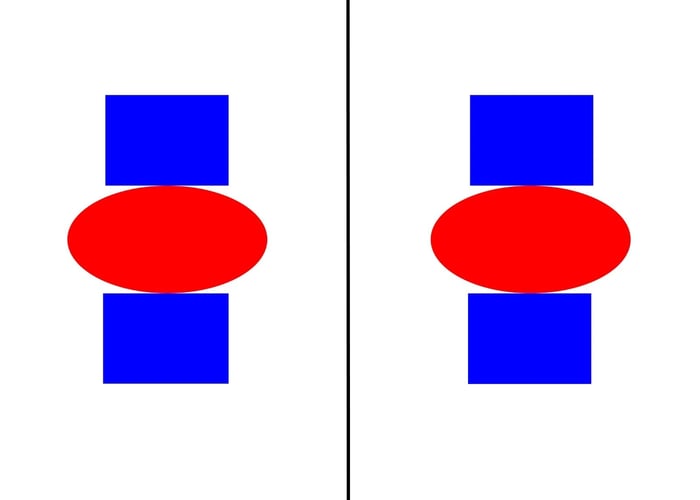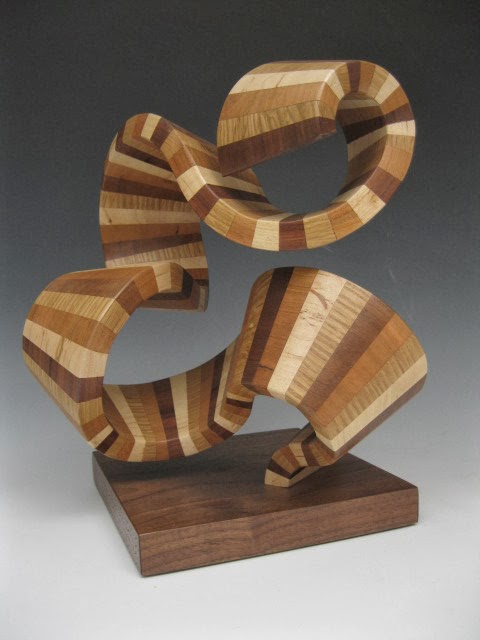Nov 21, 2023Asymmetrical balance in art is when an artwork’s composition is not symmetrical, but balances visual weight between its two sides. This frees an image from the constraints of symmetry, while
Technique Tuesdays: Balance – Principle Gallery
Sep 20, 2009Method. 1. Attach an A1 sheet of paper to a wall or board in front of you. 2. Place two pastels of different colours, one in each hand, at a spot above eye level directly in front of you. Make

Source Image: principlearttalk.com
Download Image
Symmetry is a very formal type of balance consisting of a mirroring of portions of an image. Bilateral symmetry, that is, two- sided symmetry, is the most common, in which two halves of a work of art mirror each other, as in Perugino’s painting, Christ Giving the Keys of the Kingdom to St. Peter.

Source Image: createartwithme.com
Download Image
Asymmetrical Balance in Art Balance in art is defined as “the technique by which artists achieve a visual equilibrium, harmonizing disparate elements within a work.”. It involves strategically placing and distributing objects, colors, and textures to create a sense of stability and harmony. Balance can be symmetrical, where elements are mirrored on either side of an

Source Image: artsydee.com
Download Image
How Is Asymmetrical Balance Achieved In The Painting Below
Balance in art is defined as “the technique by which artists achieve a visual equilibrium, harmonizing disparate elements within a work.”. It involves strategically placing and distributing objects, colors, and textures to create a sense of stability and harmony. Balance can be symmetrical, where elements are mirrored on either side of an Author:Lucy Lamp Balance Balance Balancein art refers to the sense of distribution of perceived visual weights that offset one another. We feel more comfortable–and therefore find it more pleasing–when the parts of an artwork seem to balance each other.
Balance in Art: Tips for Achieving Harmony in Your Artwork – Artsydee – Drawing, Painting, Craft & Creativity
Artists achieve symmetrical balance when the visual elements in a drawing or painting are arranged in such a way that elements on each side of the canvas closely mirror one another. The elements appear to be of equal visual weight. An example of an artwork with symmetrical balance is The Last Supper by Leonardo da Vinci. Design 101: Asymmetrical and Symmetrical Balance

Source Image: blog.hubspot.com
Download Image
Asymmetrical Balance in Art Artists achieve symmetrical balance when the visual elements in a drawing or painting are arranged in such a way that elements on each side of the canvas closely mirror one another. The elements appear to be of equal visual weight. An example of an artwork with symmetrical balance is The Last Supper by Leonardo da Vinci.

Source Image: finearttutorials.com
Download Image
Technique Tuesdays: Balance – Principle Gallery Nov 21, 2023Asymmetrical balance in art is when an artwork’s composition is not symmetrical, but balances visual weight between its two sides. This frees an image from the constraints of symmetry, while

Source Image: principlearttalk.com
Download Image
Asymmetrical Balance in Art Symmetry is a very formal type of balance consisting of a mirroring of portions of an image. Bilateral symmetry, that is, two- sided symmetry, is the most common, in which two halves of a work of art mirror each other, as in Perugino’s painting, Christ Giving the Keys of the Kingdom to St. Peter.

Source Image: finearttutorials.com
Download Image
What Is Asymmetrical Balance? (Examples + How to Use it) Put the dominant form off to one side, never in the middle. Balance it with the smaller, sub-dominant form and then balance that with even smaller subordinate form. The subordinate form is often (but not always) the focal point of the picture. Your eye travels from form to form and finally rests on the subordinate form (or focal point).

Source Image: piktochart.com
Download Image
Love My Art Jewelry: Art in Asymmetry Balance in art is defined as “the technique by which artists achieve a visual equilibrium, harmonizing disparate elements within a work.”. It involves strategically placing and distributing objects, colors, and textures to create a sense of stability and harmony. Balance can be symmetrical, where elements are mirrored on either side of an

Source Image: lovemyartjewelry.blogspot.com
Download Image
Design Principles: Compositional, Symmetrical And Asymmetrical Balance — Smashing Magazine Author:Lucy Lamp Balance Balance Balancein art refers to the sense of distribution of perceived visual weights that offset one another. We feel more comfortable–and therefore find it more pleasing–when the parts of an artwork seem to balance each other.

Source Image: smashingmagazine.com
Download Image
Asymmetrical Balance in Art
Design Principles: Compositional, Symmetrical And Asymmetrical Balance — Smashing Magazine Sep 20, 2009Method. 1. Attach an A1 sheet of paper to a wall or board in front of you. 2. Place two pastels of different colours, one in each hand, at a spot above eye level directly in front of you. Make
Asymmetrical Balance in Art Love My Art Jewelry: Art in Asymmetry Put the dominant form off to one side, never in the middle. Balance it with the smaller, sub-dominant form and then balance that with even smaller subordinate form. The subordinate form is often (but not always) the focal point of the picture. Your eye travels from form to form and finally rests on the subordinate form (or focal point).